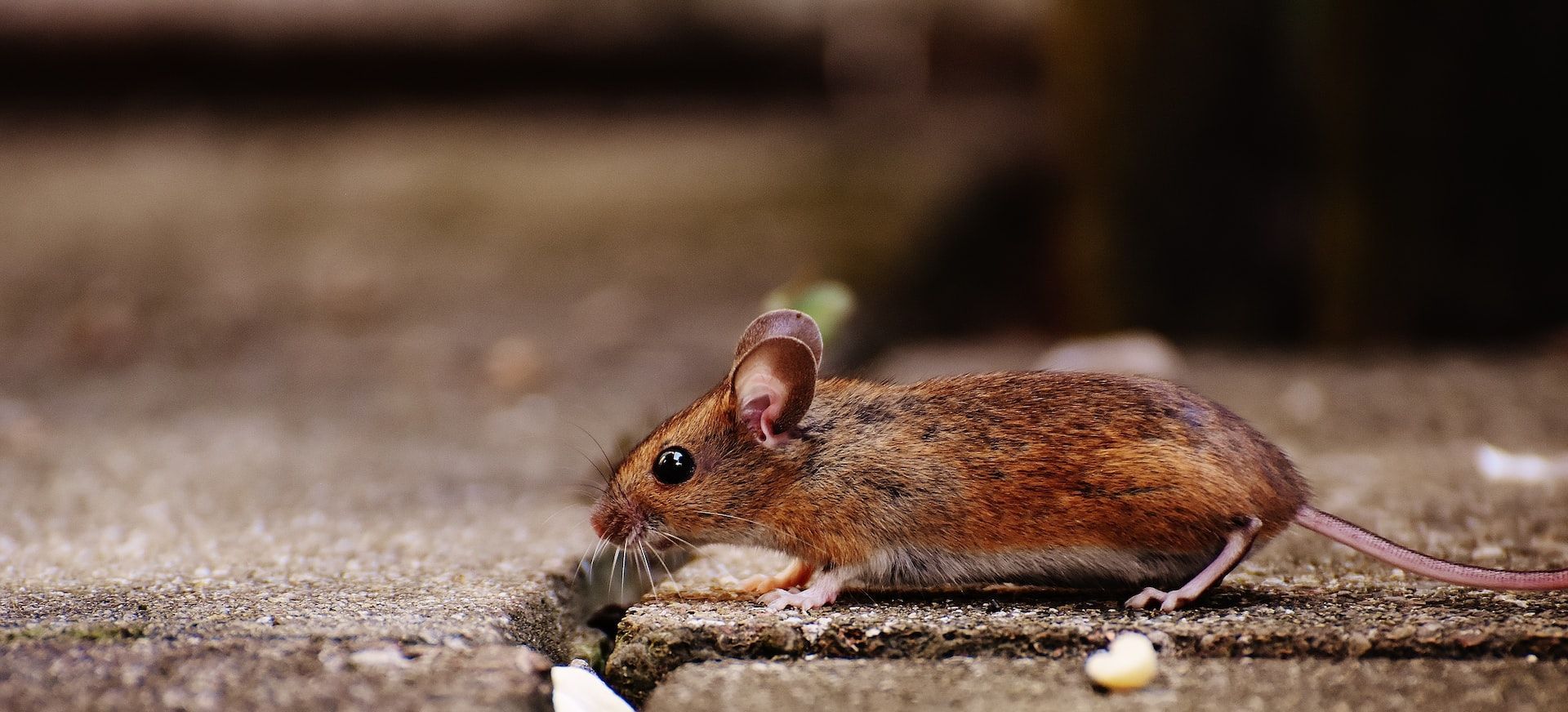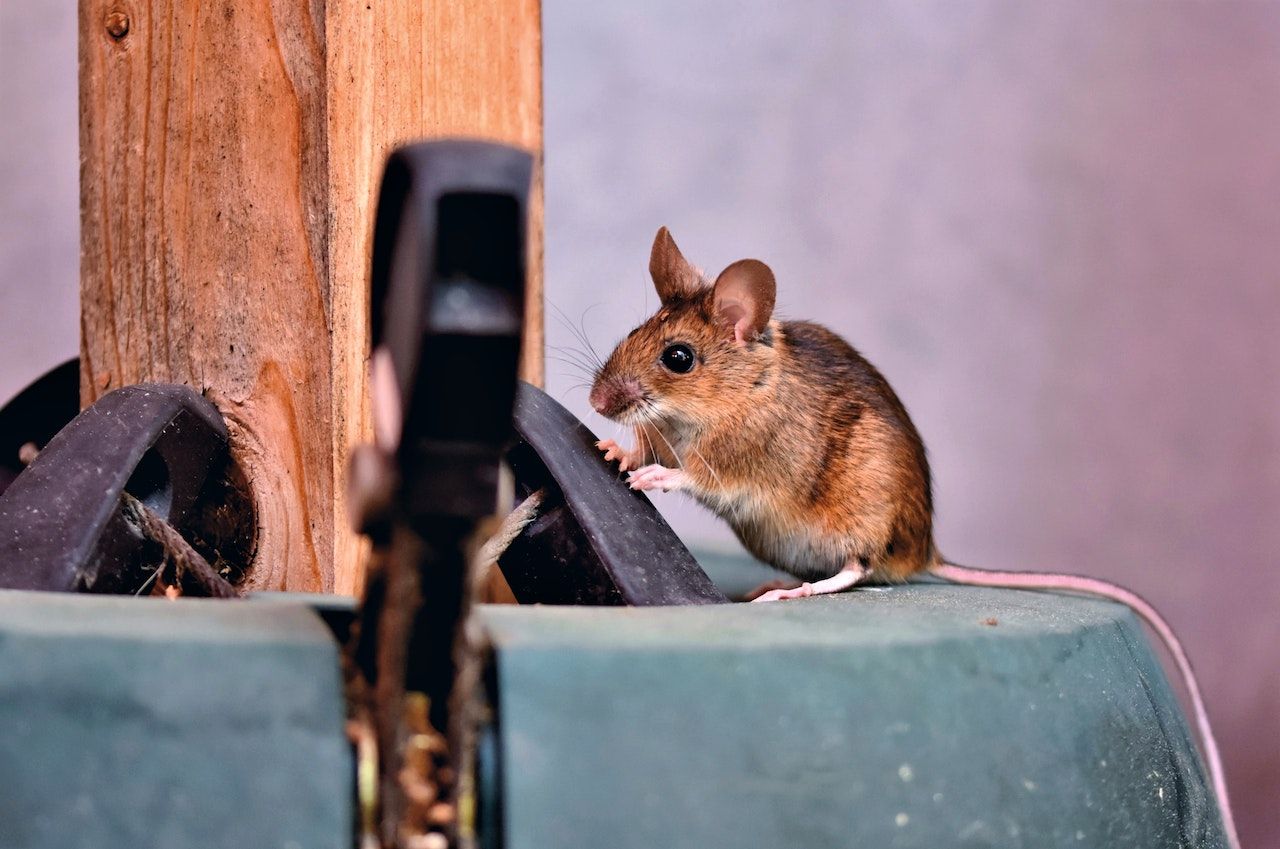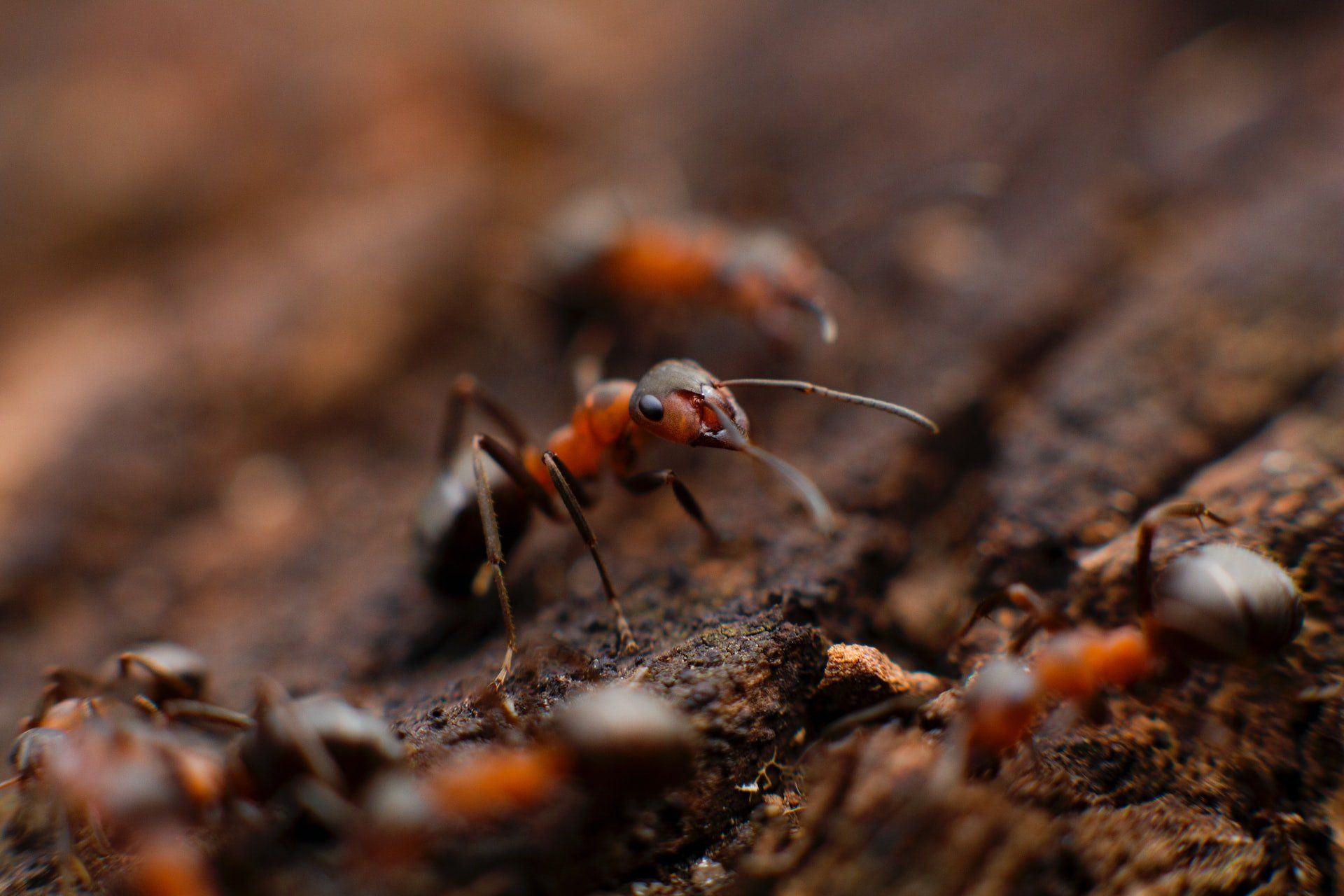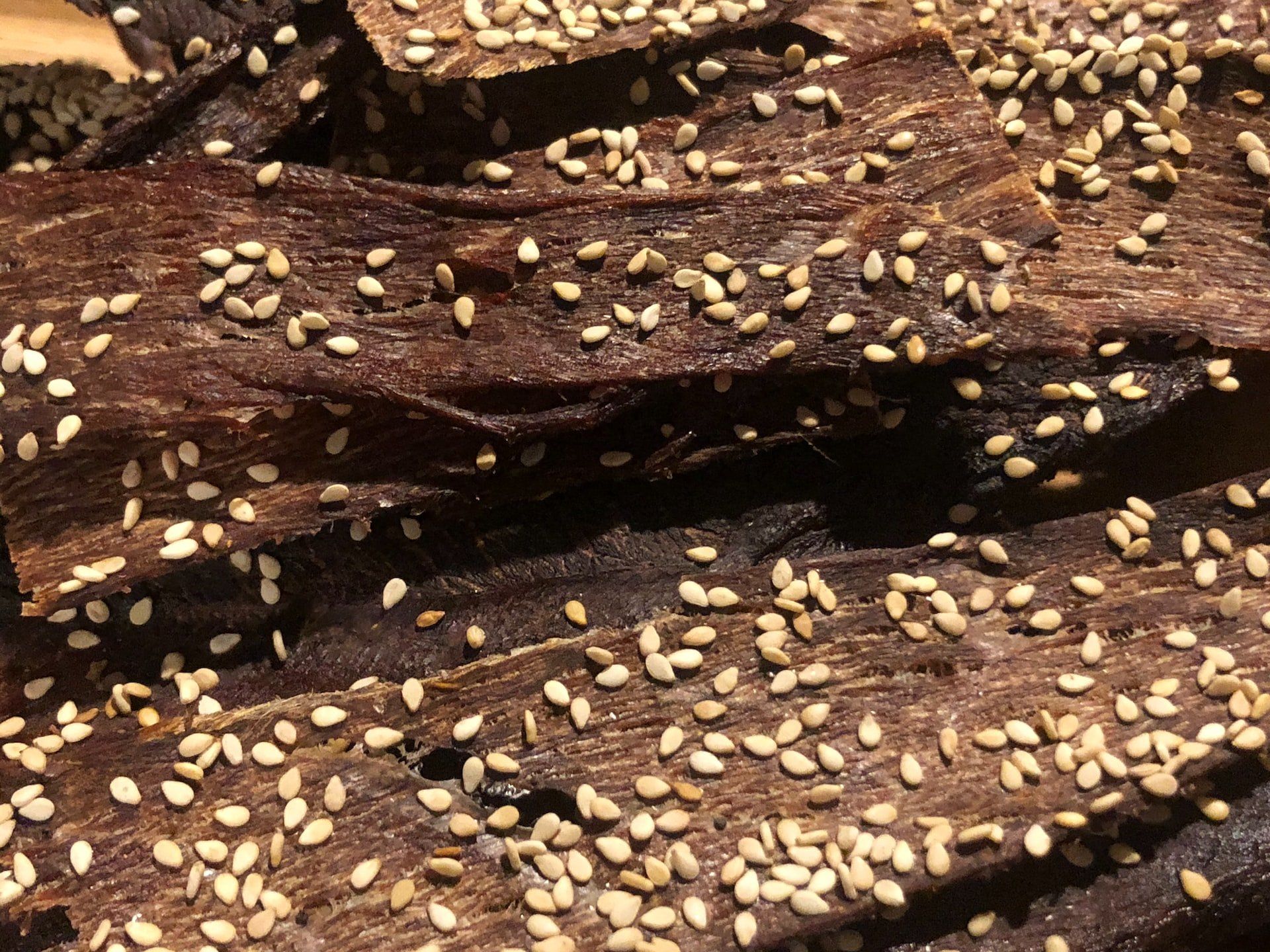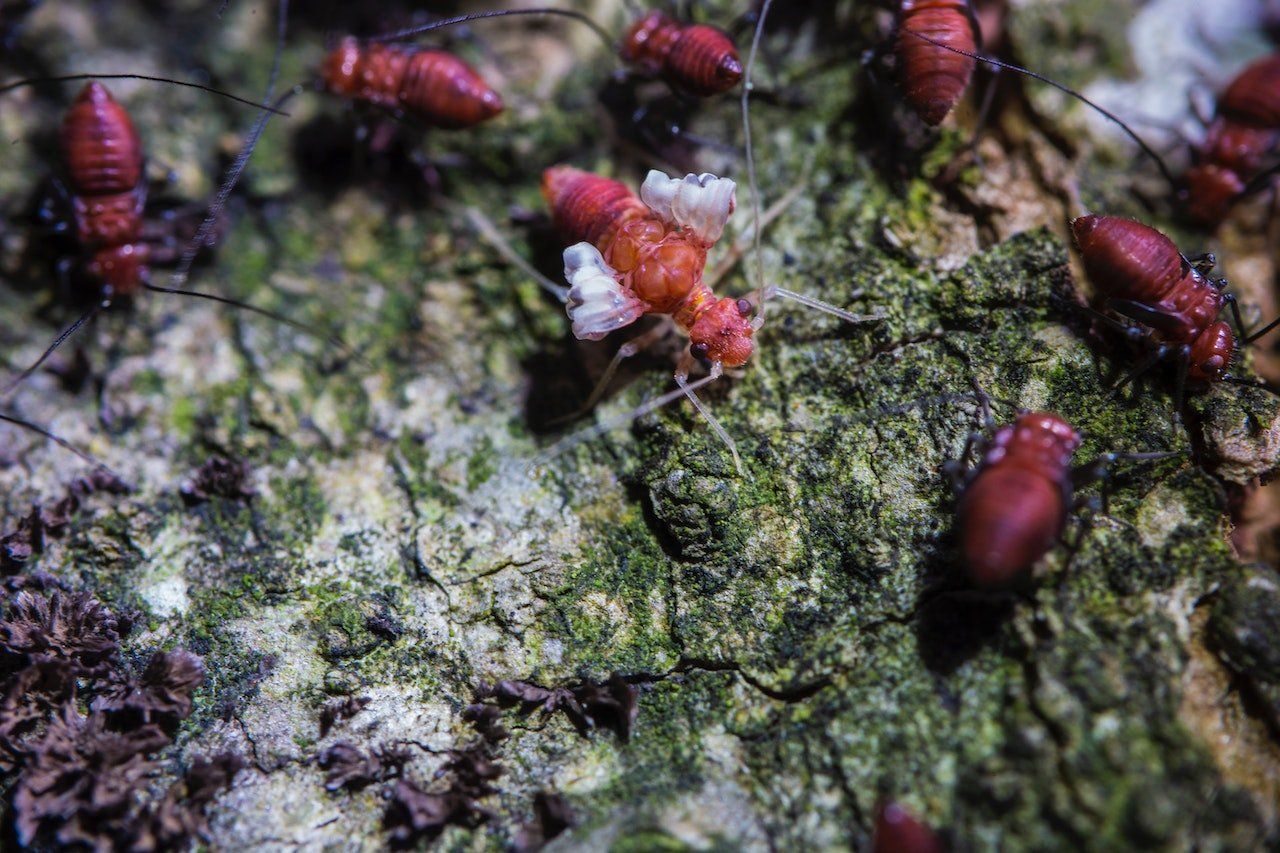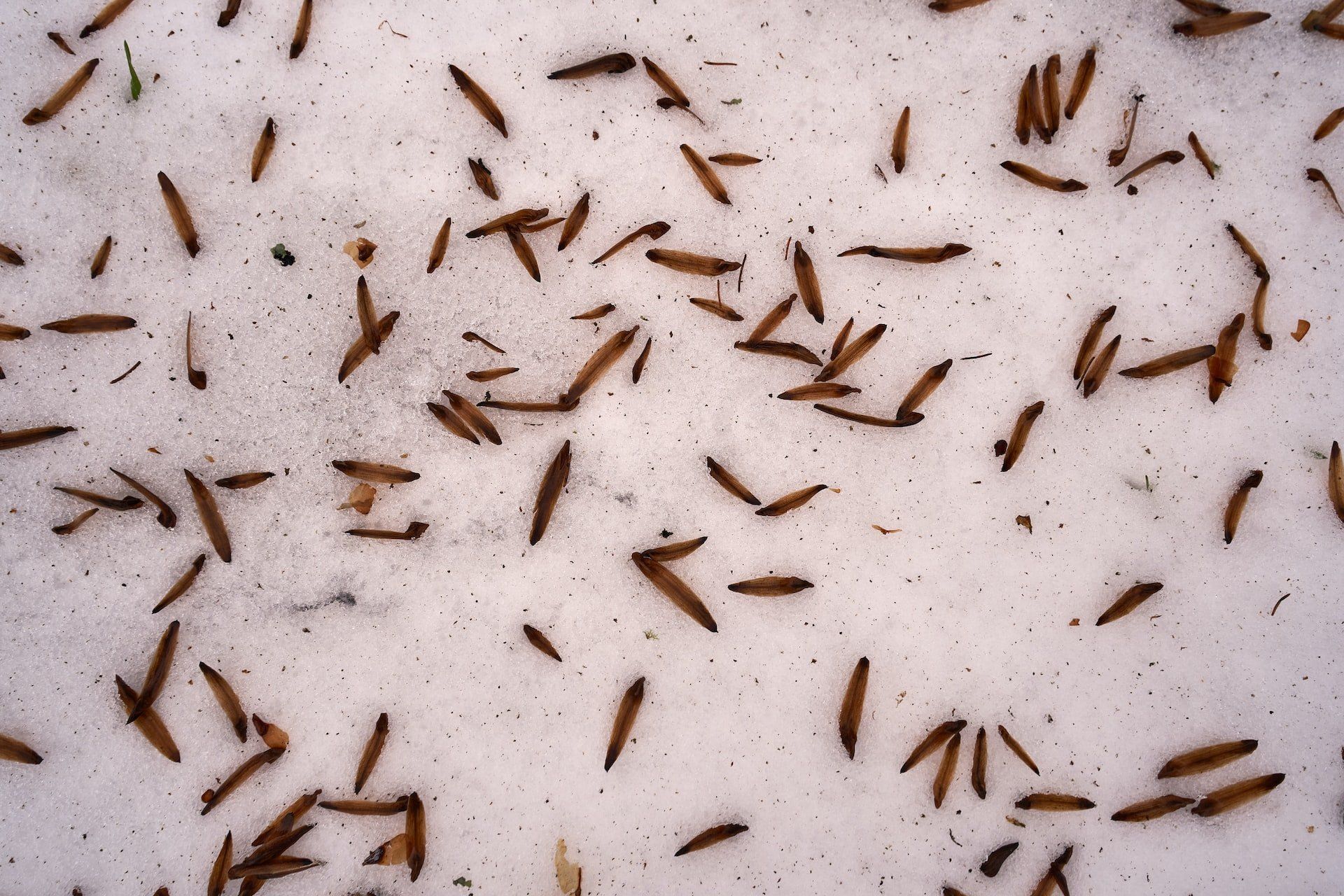The Importance of Pest Control in Ensuring Food Safety
Cockroaches, ants, and bed bugs all come to mind when we hear "pest." Nevertheless, there are dozens of different kinds of insects and other creepy crawlies that may be found in food kept in storage.
These pests can contaminate your food, spread diseases, and trigger allergies. It is even more distressing and unsanitary if someone unintentionally ingests them or their body parts. The most common forms of food pests are discussed in this article.
The Effect of Pests on the Food Industry
Pests destroy more than 20% of the world's grain supply each year. They impact every stage following harvest, including storage, transportation, and distribution, not to mention infiltrating houses.
Warehouses are especially prone to insects such as weevils and ants because they provide an infinite source of food and protection from predators. Insects can be found in the nests and burrows of larger pests, such as birds and rats.
These pests can not only harm gear in processing factories, but they can also result in hefty penalties from food inspectors.
When you bring unpackaged food at home, such as grain, flour, fruits, and vegetables, it may be contaminated with eggs or larvae. They are virtually hard to spot without a magnifying lens, and they are frequently well hidden. You might not detect them until weeks later when insect faeces and moults cause food discolouration or a change in flavour and texture.
Common Food Industry Pests
There are stored product insects (SPIs) that can live and breed within the food, such as the following:
- Coleoptera: This classification includes beetles and weevils that infest flour, grains, seeds, and fruits. They frequently bore into food and deposit eggs within it. Some can fly from place to place, while others live their entire lives within your flour jar.
- Lepidoptera: This group includes butterflies and moths that can damage greens, fruits, and natural fabrics through their hungry caterpillars or larva.
- Acari: This group includes mites and ticks that can infest dry foods such as flour, grain, seeds, preserved meats, cheese, etc. Because they are microscopic, they can be inhaled and cause severe allergies and skin irritations (grocer's itch).
Food That Is More Vulnerable to Infestation
Although raw and unpackaged foods are susceptible, insect pests (particularly weevils) may also nest in packaged and processed foods. These insects are resistant to preservatives.
Some common products vulnerable to infestation include:
- Meat and cheese
- Dried fruit and nuts
- Legumes
- Whole grain
- Broken grain and flour
How to Detect Insects in Stored Products
Pest management in the food business is done by skilled and qualified experts, but it starts with you. Regular pest inspections and “sweeps” of your food storage and processing facility, particularly when fresh batches are delivered or dispatched, will guarantee that you do not import or export an infestation.
Check that the vendors and shippers you work with have pest inspection and control procedures in place.
It helps to look out for these indications of insects in your stored products:
- Holes drilled into food cartons, plastic, or storage bags
- Remains of insects such as eggs, pupal cases, wings, webs, etc.
- Insects in your flypaper or fly killer
- Ant-nests and colonies near your storage area
Conclusion
Pests have a significant impact on the food industry. You can maintain the quality and safety of food by keeping pests out and using the best pest management practices. Whether you're a homeowner or a large company, regular pest control by the experts is the best way to stop pests from infiltrating your food supply.
Are you in need of
pest control in Sydney? Roach Busters offers a wide range of professional services to eradicate pests. Get a free quote today!



